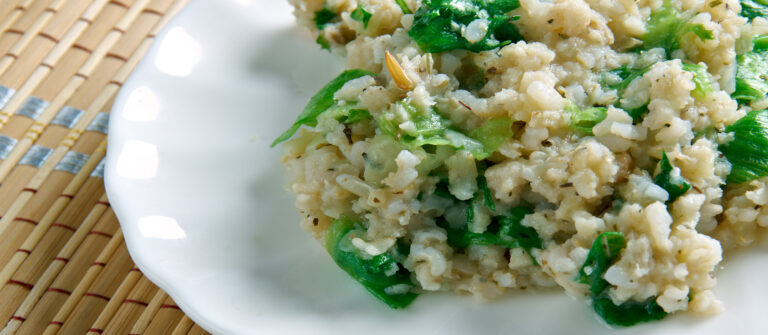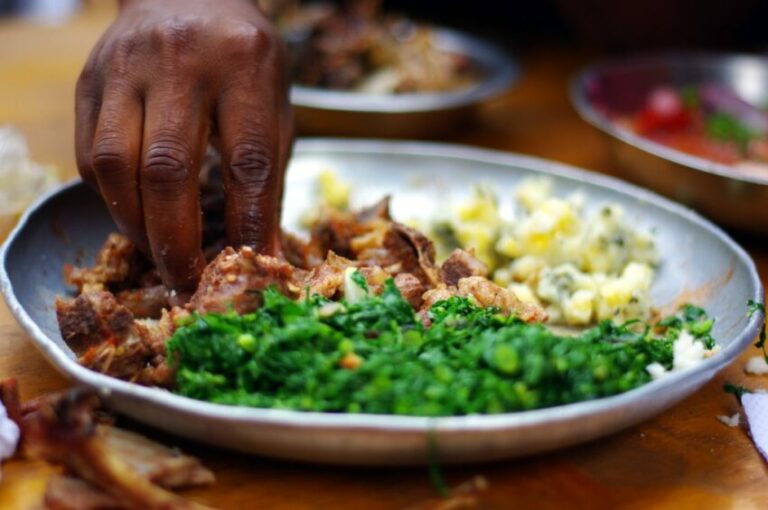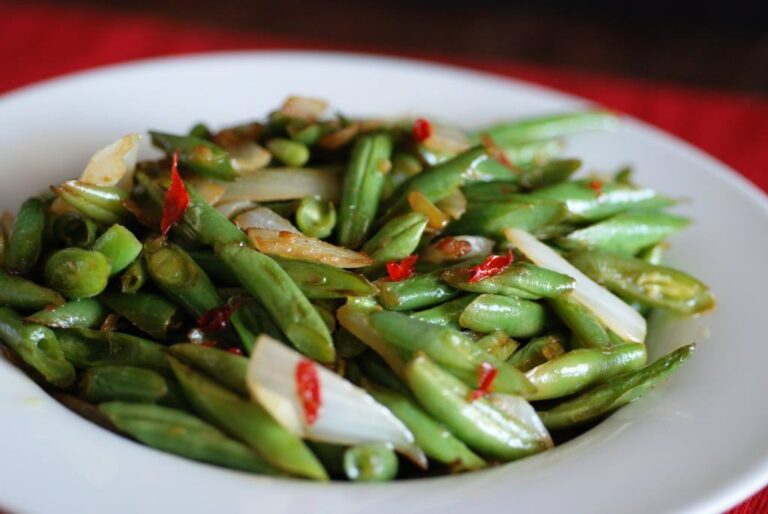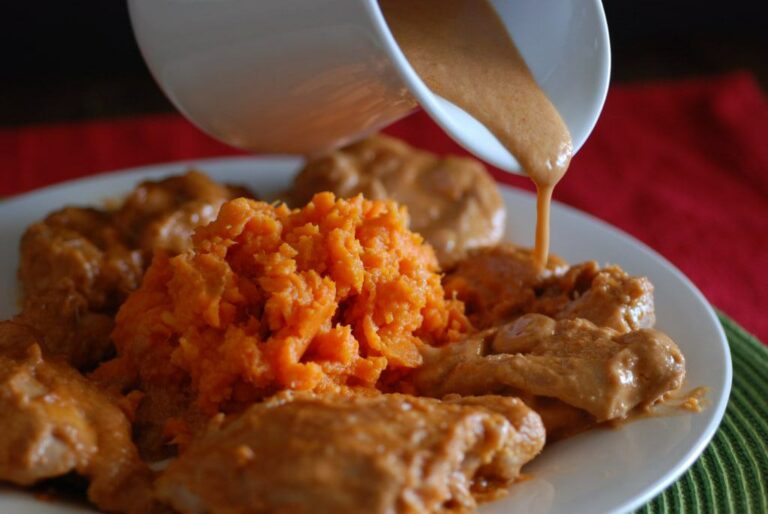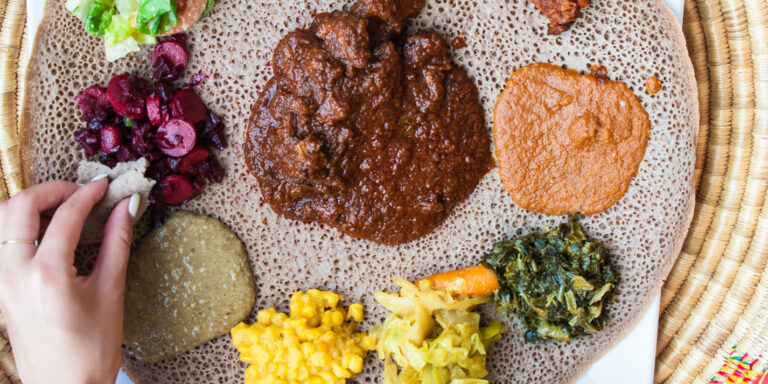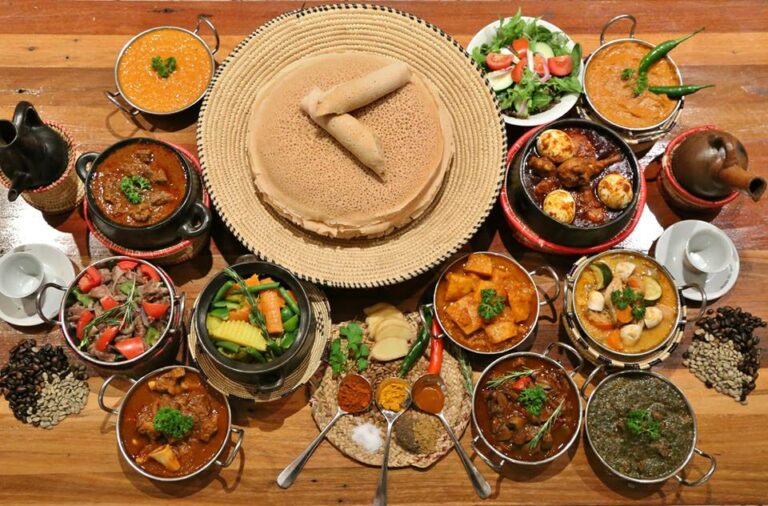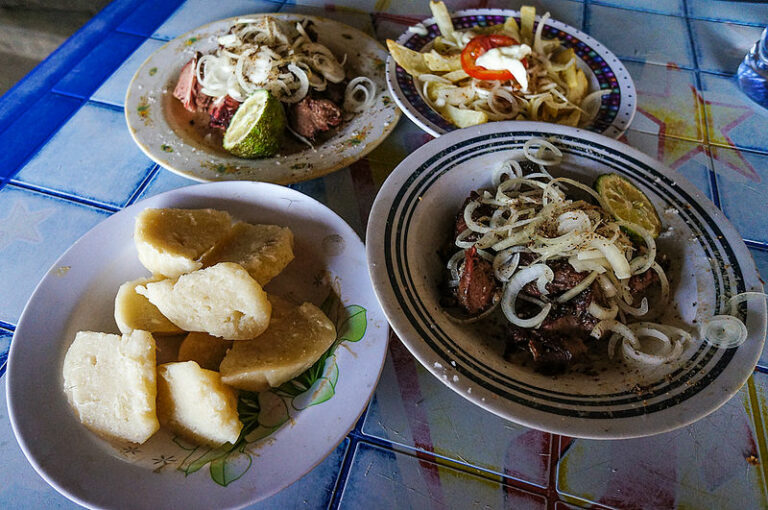Introduction to Burkina Faso Cuisine
Burkina Faso, a landlocked country in West Africa, has a rich culinary heritage. The cuisine is a fusion of African, French, and Arab influences. One of the main staples of Burkina Faso cuisine is meat, which is often cooked with spices and herbs and served with starchy accompaniments such as rice, millet, and cassava. The most commonly consumed meats in Burkina Faso include beef, lamb, and goat.
Traditional Meat Dishes in Burkina Faso
Meat is an essential ingredient in the traditional dishes of Burkina Faso. One of the most popular meat dishes is grilled meat on a stick, known as brochettes. Brochettes are made from marinated beef or lamb and cooked over a charcoal fire until they are tender and succulent. They are commonly sold as street food and are served with a side of grilled plantains or yams.
Grilled Meat on a Stick: Brochettes
Brochettes can be found throughout Burkina Faso, and they are a staple of the country’s street food scene. They are made by marinating cubes of meat in a mixture of herbs, spices, and oil. The meat is then skewered and grilled over a charcoal fire until it is cooked through. Brochettes can be made with beef, lamb, or goat meat, and they are often served with a spicy dipping sauce.
Delicious Stews: Tô and Ragoût
Tô and ragoût are two popular stews in Burkina Faso that feature meat as the main ingredient. Tô is a thick porridge made from millet or sorghum flour, while ragoût is a tomato-based stew that is typically served with rice or couscous. Both stews can be made with any type of meat, but beef and lamb are the most commonly used. The meat is slow-cooked in a mixture of onions, tomatoes, and spices until it is tender and flavorful.
Meatballs with Peanut Sauce: Boulets de Viande
Boulets de viande are meatballs made from ground beef or lamb that are cooked in a rich peanut sauce. The meatballs are seasoned with onions, garlic, and spices and are then simmered in a mixture of peanut butter, tomatoes, and broth. The result is a creamy, savory dish that is often served with rice or couscous.
Spicy Lamb and Beef: Yassa
Yassa is a spicy dish that originated in Senegal but is also popular in Burkina Faso. It is made with marinated lamb or beef that is cooked with onions, garlic, and a mixture of herbs and spices. The meat is then simmered in a tangy sauce made from lemon juice and mustard. Yassa is typically served with rice or couscous and is a favorite among meat lovers in Burkina Faso.
Popular Beef and Tomato Stew: Poulet DG
Poulet DG is a popular beef and tomato stew that is a favorite in Burkina Faso. The dish is made with beef that is cooked with onions, tomatoes, and a variety of spices. The result is a rich and savory stew that is typically served with rice or couscous.
Conclusion: Explore Burkina Faso’s Meat Cuisine
Burkina Faso’s rich culinary heritage offers a variety of delicious meat dishes that are worth exploring. From grilled meat on a stick to savory stews and spicy meatballs, the cuisine is sure to satisfy any meat lover’s taste buds. Whether you’re visiting Burkina Faso or simply looking to try a new cuisine, be sure to sample some of the country’s traditional meat dishes.

